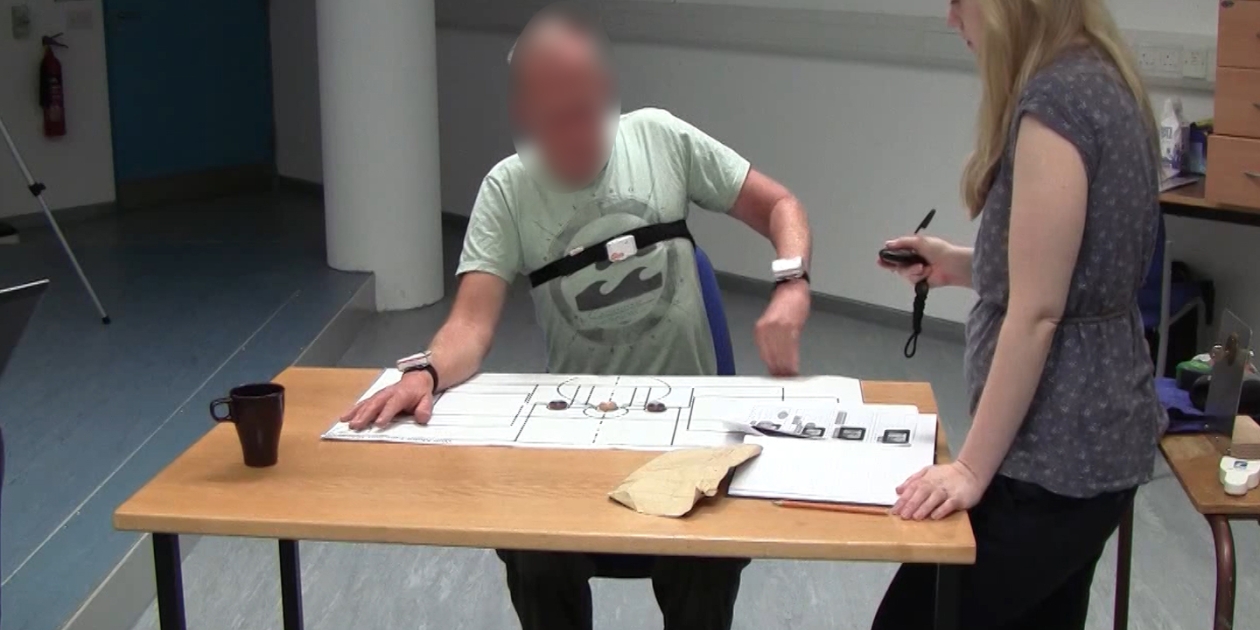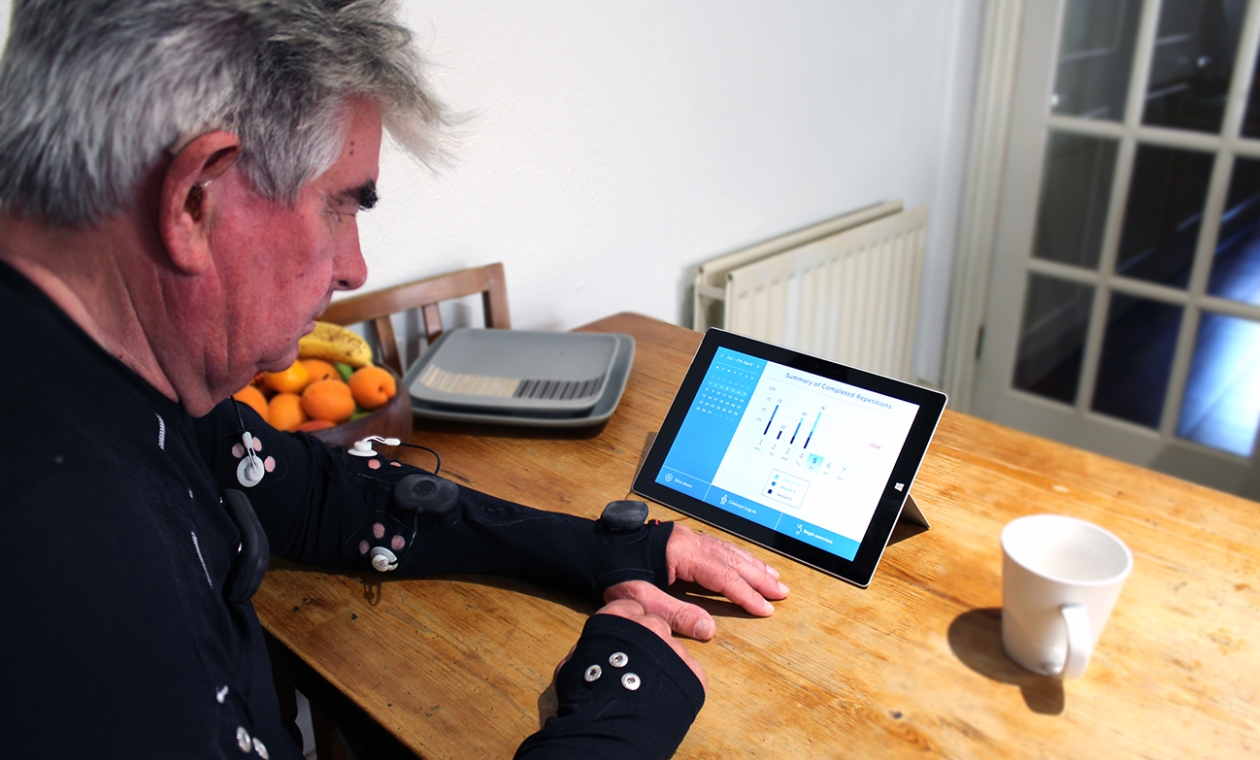Delivering a low cost stoke rehabilitation solution
Enhancing Stroke Recovery, M-Mark. An Affordable Wearable System for Home Rehabilitation. Researchers at Southampton University's Department of Health Sciences, in collaboration with Maddison, developed M-Mark (Mechanical Muscle Activity with Real-time Kinematics). This cost-effective wearable system facilitates upper limb rehabilitation for stroke patients in the comfort of their own homes.

Patient-centred design
Maddison conducted extensive user research with patients and therapists, following the ISO 62366 framework. Alongside early prototypes, Maddison, developed and refined the system. Incorporating feedback from both the patient’s receiving treatment as well as clinicians. This inclusive approach helped to create a treatment platform that encourages patent involvement with their own care, decreasing recovery times and leading to better outcomes.
Advanced human machine interface development
Integrating sensor feedback with onscreen exercises through a user-friendly graphical interface (GUI) played a critical role in M-Mark. The MMG patented technology allows real-time monitoring of muscle activity, providing timely updates on completed exercises. Maddison started the GUI development process by creating wireframes, which were later transformed into working prototypes for thorough testing and refinement in collaboration with patients and clinicians. This iterative approach was fundamental to delivering an user interface that is suitable for patients and physiotherapists.
Delivering next generation therapy
The wearable sensors and tablet-based app seamlessly interact to guide patients through their exercise routine, providing appropriate and motivating feedback based on their performance. Therapists can review the data later to assess compliance and performance. The system can be personalised by therapists, who place MMG sensors on specific muscles of interest and program a suitable exercise regime. Patients can then use the device unsupervised in their own homes, following their prescribed exercise program, usually consisting of two sessions a day.

